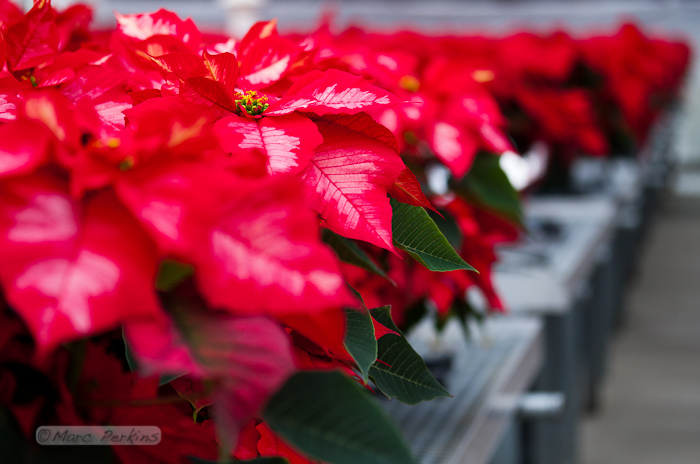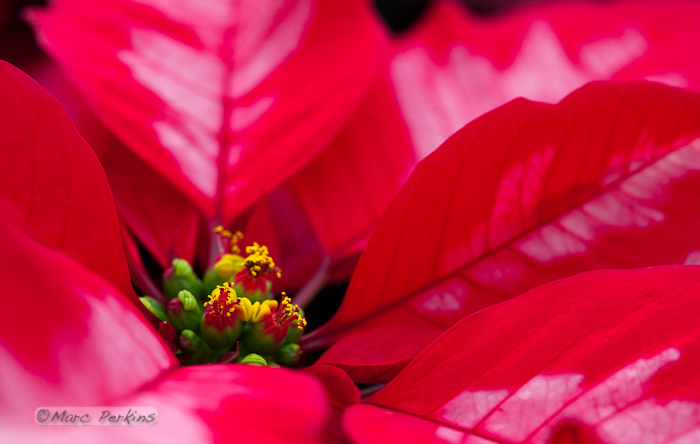Last week I headed to La Jolla with Greg to photograph pelicans. In my previous post I shared my highlights from the day, but most of those shots were of calm, sedate birds. There was also a lot of action and anatomy on display:

Who knew that pelicans did yoga?
And, if you remember my Cat anatomy: the third eyelid post, you’ll probably appreciate this picture:

In that image the third eyelid (palpebra tertia or nictitating membrane) of the pelican is in the middle of a blink, half-covering the eye (click on the image to see it somewhat larger). In birds the third eyelid is under more conscious control of the animal, and is often visible (and is reportedly used to protect the eyes of marine birds while diving, for instance).
And who could resist a bird just about to jump in the air and fly:

One of the distinguishing features of pelicans is their large bill pouch (gular sac) that they use to capture and carry food in. While grooming themselves they will sometimes move their bills in such a way that they invert their gular sac (so the inside is visible), as in this image:

Oddly, in some of my images of inverted gular sacs (see, for instance, this image) there appears to be some type of gland or organ at the base of it. I have no idea what it is.
For a last photo of pelicans, who can resist a picture of a photographer taking a picture of a pelican?

Oh, and I was also asked by e-mail whether my pelican images were heavily cropped. Most of these images are essentially full-frame captures, with just a bit of rotation or cosmetic trimming; they should easily be able to print up to 16×24″ or even possibly 20×30″. The location Greg took me to was just amazing; we could literally get just a few yards from the birds.
I’d appreciate any and all comments on these pictures.
More pictures
To see more pictures from the day, head to my Birds: Pelicans and gulls gallery
Getting There
La Jolla Cove Cliffs: This location doesn’t have an official name as far as I can tell, but it’s accessed from a small parking lot on the right side of Coast Blvd. in La Jolla (San Diego, CA), just after Coast Blvd. branches off from Prospect Place. The best I can do for you is give you GPS coordinates: N32.84936 W117.27038. Parking at the location is highly limited (and has a 2-hour max during the day), but it’s a short walk from other parking areas in La Jolla and the lot was virtually empty when I got there half an hour before sunrise on a weekday. The cliffs are accessed from a stairway that descends from the parking lot; be careful to stay well back from the edge, as the cliffs are steep and venturing too far forward will scare the birds away and prevent them from landing.








































